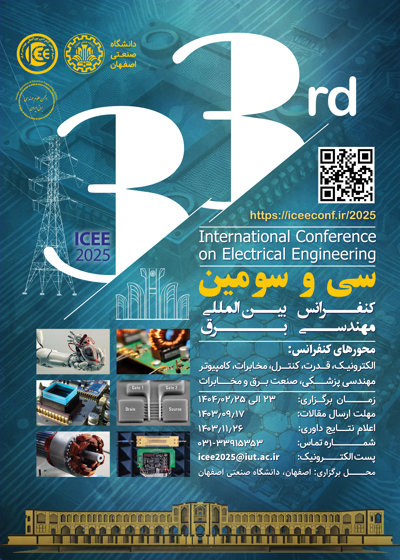0% Complete

نویسندگان :
کلمات کلیدی :
چکیده :
لیست مقالات بایگانی شده
محمد رستگار - زهرا یزدانپناه - محمد جوشکی
الهه سبزیان - مرضیه کمالی - مجدالدین نجفی - مریم ذکری
فائزه راد - مهرنوش طاهرخانی - ناصر میرشاه ولایتی - عبداله جواهری
Hossein Ahmadian - Iman Sharifi - Heidar Ali Talebi
نرجس احمدیان - بیژن ذاکری گتابی
شیوا عظیمی نام - فهیمه مروی - کیان جعفری
مهتاب حسینعلی زاده - مونا ثریا - غلام محمد پارسا نسب - شکراله کریمیان
Aliakbar Ghasemzadeh - Roya Amjadifard - Ali Keymasi Khalaji
علی خرمی - جعفر شرفخانی





